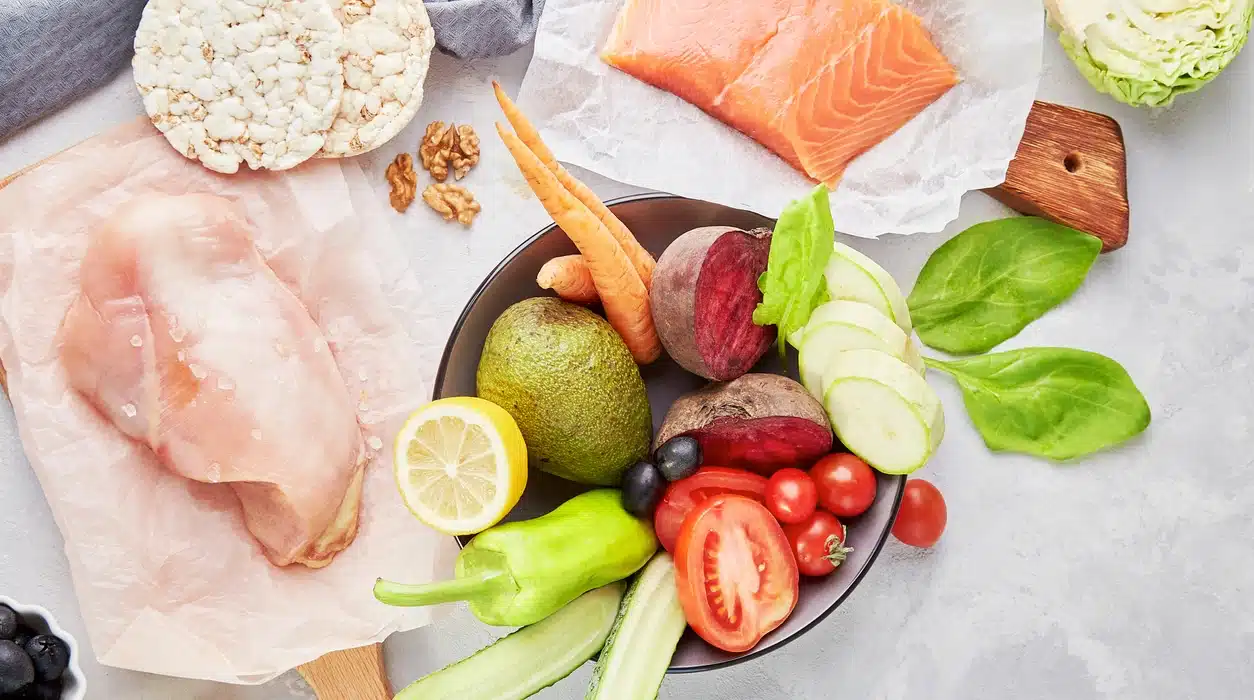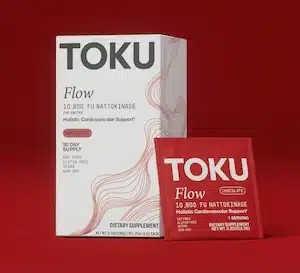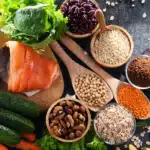
What is the FODMAP diet – and can it help your gut?
Updated May 2025
I first came across the FODMAP diet during my Nutrition Certification coursework. While I haven’t followed it myself, I’ve become increasingly curious about it—especially as I continue to explore how different foods affect digestion, inflammation, and overall wellness.
It turns out that many people experience bloating, discomfort, or digestive distress after eating foods that are generally considered healthy. That’s where FODMAPs come in. If your gut has been giving you mixed signals—even after a “clean” meal—this may be something worth paying attention to.
What Are FODMAPs?
FODMAP stands for:
Fermentable Oligosaccharides, Disaccharides, Monosaccharides And Polyols
In simpler terms, FODMAPs are short-chain carbohydrates (sugars) that are poorly absorbed in the small intestine. When they reach the large intestine, they ferment—producing gas and drawing water into the bowel. This can lead to bloating, pain, constipation, or diarrhea in people with sensitive digestive systems or IBS.
High-FODMAP Foods Include:
👉 Onions and garlic
👉 Apples, pears, watermelon
👉 Wheat, rye, barley
👉 Lentils, chickpeas, kidney beans
👉 Milk, yogurt, soft cheeses (due to lactose)
👉 Sugar alcohols like sorbitol and xylitol
Low-FODMAP Foods Include:
👉 Bananas, blueberries, strawberries
👉 Carrots, cucumbers, zucchini
👉 Potatoes, rice, oats
👉 Eggs, tofu, meat, fish
👉 Lactose-free dairy or hard cheeses
👉 Maple syrup, small amounts of pure sugar
It’s important to note: the FODMAP diet is not about eliminating entire food groups forever. Instead, it’s often done in three phases:
- Elimination (removing high-FODMAP foods for a short period)
- Reintroduction (adding back foods one at a time to assess tolerance)
- Personalization (building a long-term, balanced diet based on your body’s responses)

Support Your Gut the Smart Way
Struggling with bloating, sensitivities, or IBS? Toku Health offers science-backed, plant-based gut support designed to calm inflammation and restore balance — perfect for anyone following a low FODMAP approach.
Get 20% off with code KAJSA at TokuHealth.com
Gentle. Effective. Backed by research.
Who Might Benefit from a Low-FODMAP Diet?
The low-FODMAP diet was originally developed for people with Irritable Bowel Syndrome (IBS). But even if you haven’t been diagnosed, you might benefit if you:
➡️ Frequently feel bloated after meals
➡️ Experience unpredictable bowel habits
➡️ Notice discomfort after eating garlic, legumes, or dairy
➡️ Feel gassy or sluggish after eating fruit or grains
That said, this diet is not for everyone. It can be restrictive if not carefully managed, so it’s best used as a temporary tool—ideally with the help of a nutritionist or health practitioner.
Tips for Exploring FODMAP Without Going Overboard
If you suspect that FODMAPs might be triggering your symptoms, there are gentle ways to explore the connection without going on an overly strict elimination diet. A good first step is to keep a simple food and symptom journal for a week or two. Pay attention to how you feel after meals—especially after eating foods like garlic, onions, apples, or bread.
Rather than eliminating all high-FODMAP foods at once, try cutting back on just one or two to see if you notice a difference. For example, remove garlic from your meals for a few days and track any changes in bloating or digestion. This more mindful approach can offer clues without overwhelming your routine.
It’s also important to remember that the FODMAP diet isn’t meant to be followed forever. The goal is not long-term restriction, but rather identifying which foods your body tolerates best so you can build a sustainable, nourishing way of eating.
If you’re unsure where to start or want to go deeper, working with a nutritionist trained in the FODMAP protocol can provide structure and support—especially during the reintroduction phase, which is key for long-term success.
My Takeaway So Far
As someone focused on holistic health, I love learning about how different foods affect digestion, inflammation, and overall wellness—especially after exploring the concept of metabolic types, which shows how our individual needs can vary widely. The FODMAP diet is one of those tools that can make a big difference for people dealing with unexplained bloating or digestive symptoms.
While I haven’t tried it personally, it’s something I’ll continue to explore and learn more about—especially now that I’m diving deeper into the science through my certification program.




Pingback: Ditch the Hangover: Delicious Non-Alcoholic Drinks for a Healthier You - Hacks for Wellness and Health
August 11, 2025 at 3:55 pm